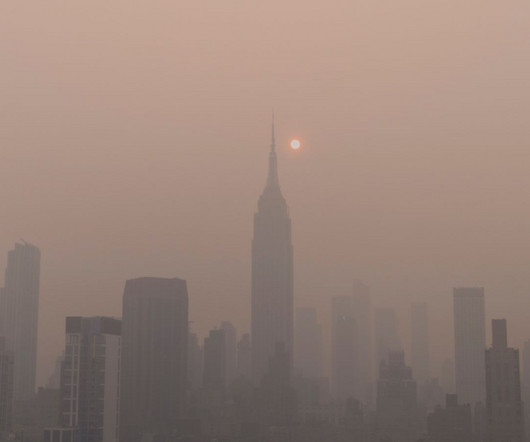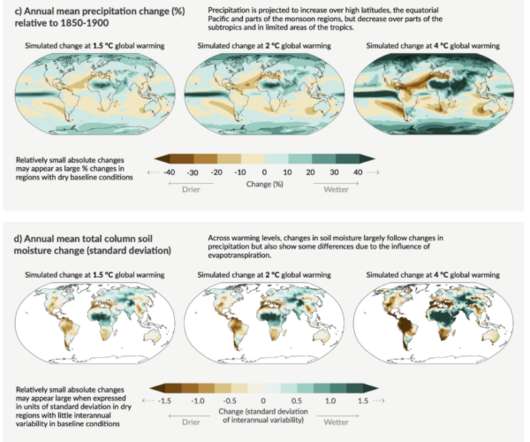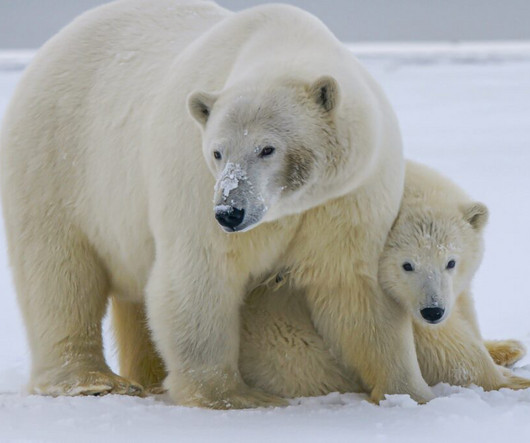Climate Reality vs. Public Perception: Will Toxic Haze and the 2023 Danger Season Make a Difference?
Union of Concerned Scientists
JUNE 22, 2023
A Philadelphia Inquirer column carried the headline, “America sleepwalks through a climate crisis. Hurricane Katrina in 2005, Superstorm Sandy in 2012, Hurricanes Harvey and Irma in 2017, and Hurricane Irma in 2021 were all accompanied by the same question. A 2021 analysis of more than 88,000 studies since 2012 now finds 99.9













Let's personalize your content